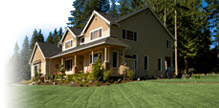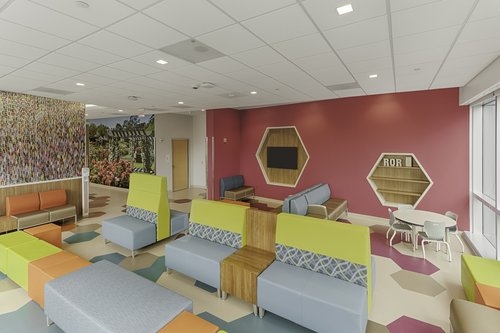Financial News
Color Theory for Interior Designers: Psychology of Hues in Home Decor
Choosing the right colors for a space isn’t just about what looks pretty—it’s about creating moods, influencing emotions, and making rooms feel as good as they look. Whether you're an interior designer helping clients or a homeowner searching for interior designers near me, understanding color psychology is key to nailing your design.
At PF&A Design, we’ve seen firsthand how the right palette can transform a home from bland to breathtaking. So, let’s break it down step by step—no art degree required.
Step 1: Understand the Basics of Color Psychology
Before diving into swatches, it helps to know how colors affect us. Here’s a quick cheat sheet:
-
Reds & Oranges – Energizing and bold (great for dining rooms, but maybe not bedrooms)
-
Blues & Greens – Calming and refreshing (perfect for bathrooms and home offices)
-
Yellows – Cheerful and welcoming (ideal for kitchens and entryways)
-
Neutrals (Whites, Grays, Beiges) – Versatile and timeless (the backbone of any design)
Pro Tip: If you’re an interior designer in Norfolk working with a client who gets stressed easily, lean into soft blues and earthy greens to create a zen retreat.
Step 2: Choose a Color Scheme That Works
Not all colors play nicely together. Here are the most foolproof ways to combine them:
1. Monochromatic
One color, different shades.
-
Example: A living room in varying tones of sage green.
-
Why it works: Simple, elegant, and impossible to mess up.
2. Complementary
Opposites on the color wheel.
-
Example: Navy blue walls with burnt orange accents.
-
Why it works: High contrast = high impact.
3. Analogous
Colors next to each other on the wheel.
-
Example: Teal, seafoam, and soft yellow.
-
Why it works: Harmonious and easy on the eyes.
Pro Tip: If you’re searching for interior designers nearby, ask how they approach color schemes—great designers (like us at PF&A Design) always have a strategy.
Step 3: Test Colors in the Actual Space
Paint swatches can lie. Lighting (natural vs. artificial) changes everything.
-
North-facing rooms – Cool light = warm colors balance it out.
-
South-facing rooms – Warm light = cooler tones prevent overheating the vibe.
-
Evening lighting – Test how colors look under lamps (no one wants a cozy tan wall turning neon yellow at night).
Pro Tip: If you’re working with interior designers Norfolk, they’ll usually do this legwork for you—saving you from a "Why does my gray look purple?!" crisis.
Step 4: Use Color to Fix Problem Areas
-
Small room? Light, cool colors make it feel bigger.
-
Low ceilings? Paint them white or a lighter shade than walls.
-
Long, narrow hallway? Darker end walls bring them "closer."
Real-Life Example: A client’s cramped Norfolk apartment felt twice as big after we used pale blues and strategic mirrors—no knocking down walls required.
Step 5: Don’t Forget the 60-30-10 Rule
-
60% Dominant color (walls, large furniture)
-
30% Secondary color (curtains, accent chairs)
-
10% Pop color (throw pillows, art, decor)
This keeps things balanced without going overboard.
Step 6: When in Doubt, Call the Pros
Color theory seems simple until you’re staring at 50 shades of beige. If you’re overwhelmed, interior designers near me (like PF&A Design) can:
-
Save you from costly repaints
-
Source unexpected-but-perfect hues
-
Tie everything together for a polished look
Final Thought: Color Is Your Secret Weapon
Whether you’re refreshing one room or overhauling a whole home, color choices make or break the design. And if you’d rather leave it to experts? Well, that’s what PF&A Design is here for.
Because life’s too short for bad color combos.
Media Contact
Company Name: PF&A Design
Contact Person: PF&A Design - Support
Email: Send Email
Phone: (757) 471-0537
Address:101 W Main St #7000
City: Norfolk
State: Virginia
Country: United States
Website: https://www.pfa-architect.com/

Quotes delayed at least 20 minutes.
By accessing this page, you agree to the following
Privacy Policy and Terms Of Service.




